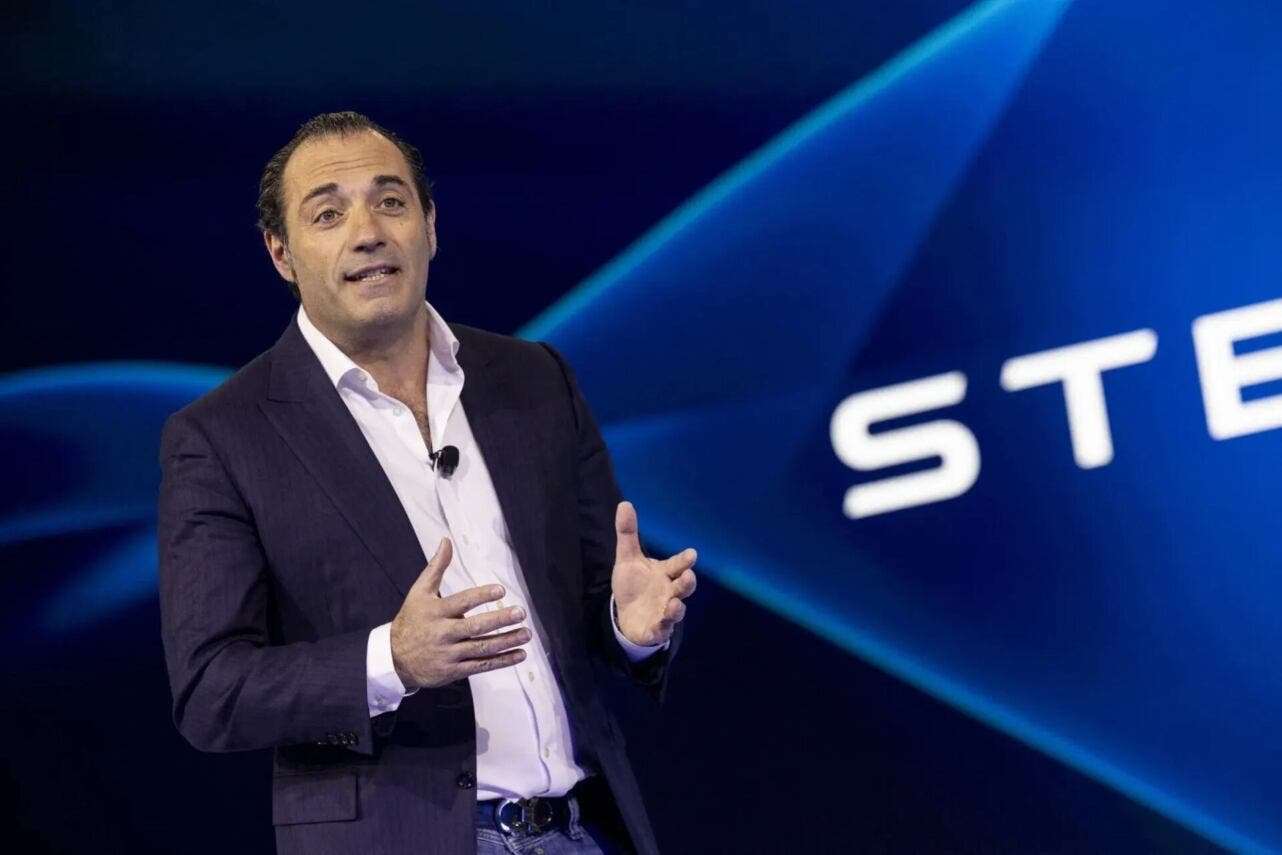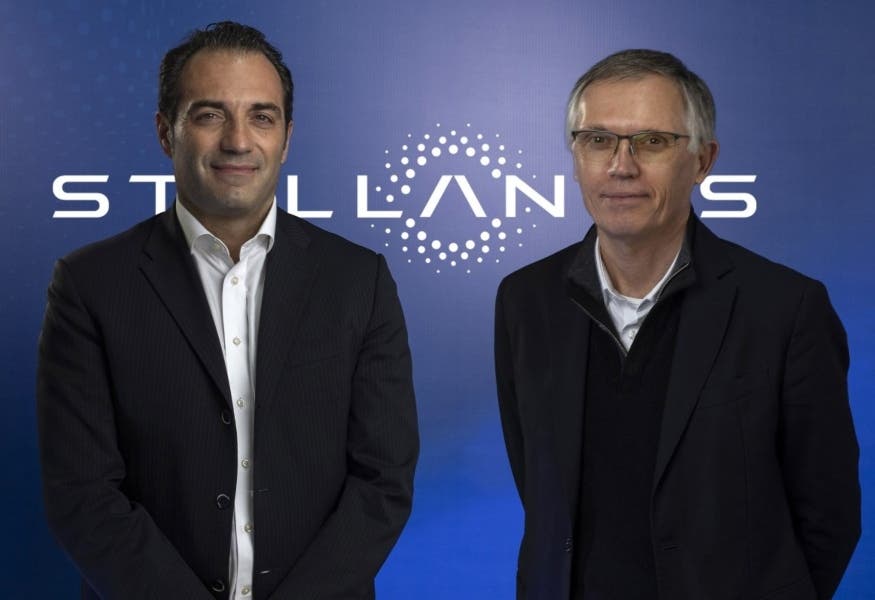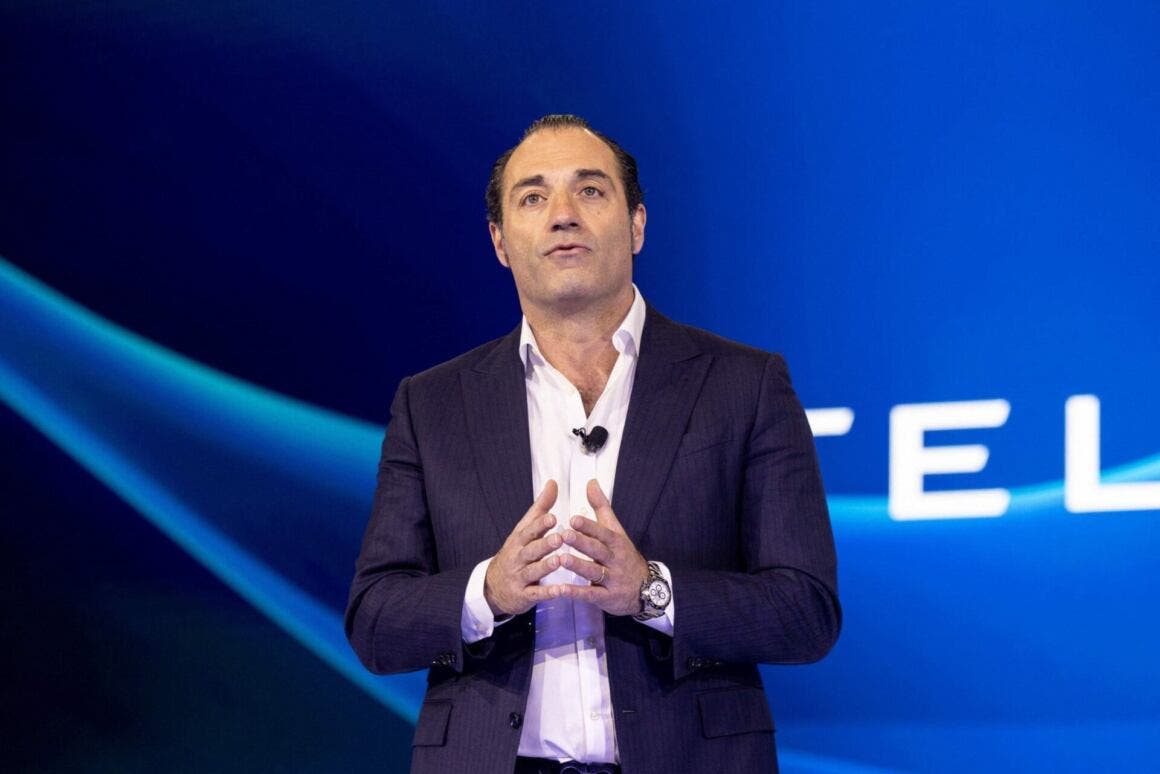Nearly 100 days after Antonio Filosa took the helm at Stellantis, the new CEO finds himself navigating a highly challenging environment. The group closed the first half of the year with a net loss of €2.3 billion, a negative cash flow of the same amount, and an operating margin down to just 0.7%, a far cry from the 10% achieved the previous year. Faced with historically weak performance, Filosa has begun outlining a turnaround plan that involves difficult, and in some cases painful, choices.
Stellantis: Antonio Filosa works on new plan to save the group

The new course requires a fundamental review of priorities. Some projects are being shelved, such as hydrogen-powered commercial vehicles and the development of Level 3 autonomous driving, deemed non-essential at this stage. The goal of full electrification by 2030, promoted under the Dare Forward plan, is also being pushed back, following the lead of other automakers slowing their EV transition amid uncertain demand. Once a central target under Carlos Tavares, the objective is now seen as too risky.
The rethink also extends to the group’s brand structure, with all 14 marques under review. Maserati, in particular, is struggling, with falling sales and results that fail to meet expectations. A sharper focus will be required to restore stability and vision.
Filosa acknowledged that the first half of the year has been “incredibly difficult and far from where we should be.” According to the CEO, recovery will depend on the launch of new models, better execution, and the ability to take every necessary decision, even the toughest ones.

In North America, Stellantis is working to repair strained relationships with customers, damaged largely under the former CEO’s tenure, criticized for an overly aggressive pricing strategy and steep staff cuts at U.S. plants. Ram is revamping the 1500 with a new entry-level version and bringing back the Hemi V8, while Jeep is preparing the return of the Cherokee.
In Europe, the challenge is more complex, after issues linked to PureTech engines, DV5 diesels, and Takata airbags. The group aims to reestablish a presence in abandoned segments, improve production quality, and strengthen its fleet business. The road ahead will be long, but Stellantis, supported by its dealer network, wants to prove it can truly change course.
